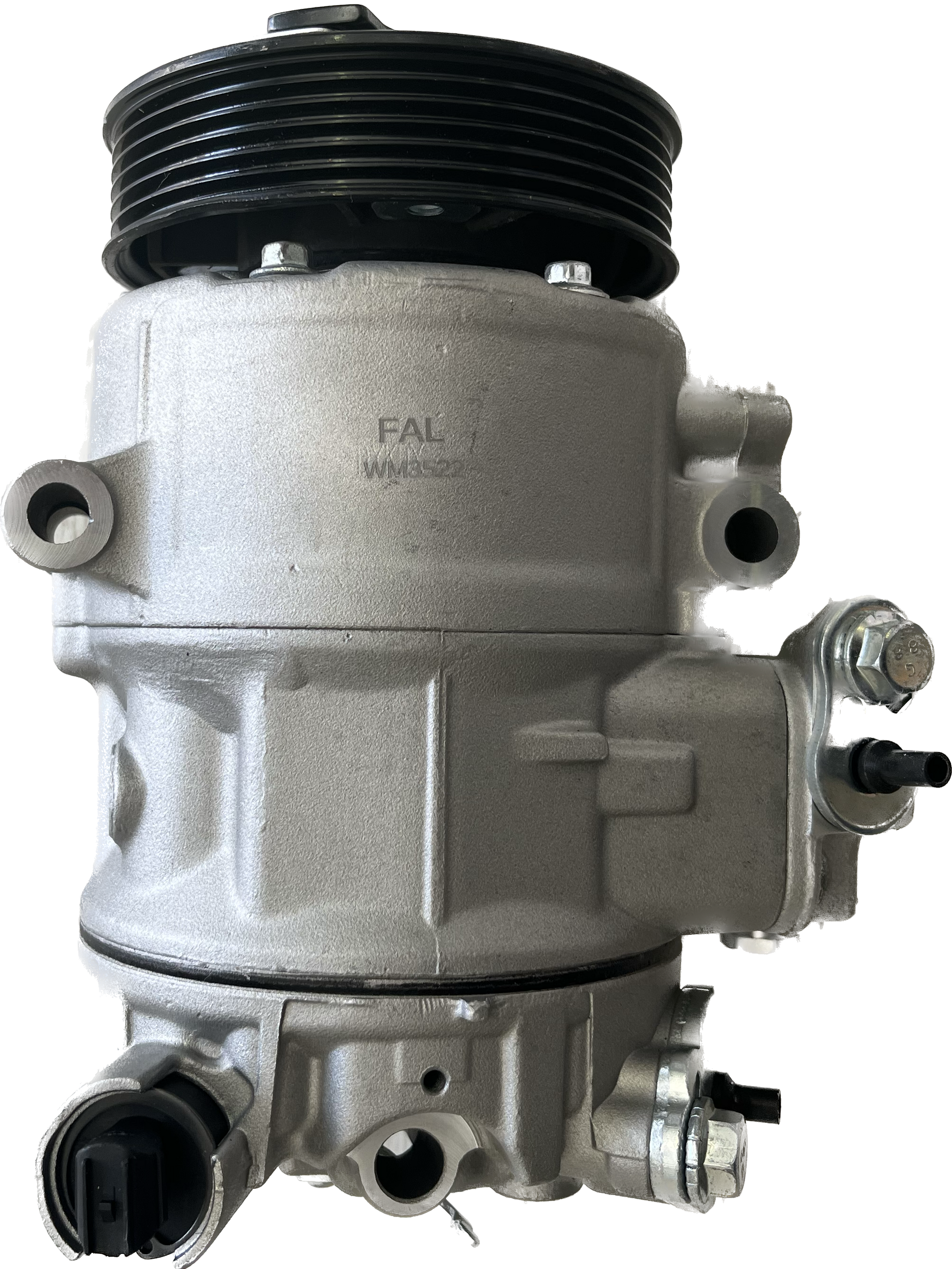Discover the best clp engine for your specific needs.
Discover the best clp engine for your specific needs.
Blog Article
Just How a Clp Engine Can Enhance Performance in Different Industries
The arrival of CLP engines notes a significant shift in functional performance throughout various industries, driven by their ability to enhance gas intake and decrease downtime. As organizations increasingly prioritize sustainability together with effectiveness, the duty of CLP engines comes to be even more vital.
Review of CLP Engines
CLP engines, or Constant Liquid Propellant engines, represent a substantial innovation in propulsion technology, specifically for room applications. These engines use a continuous feed system that permits the continual expulsion of propellant, causing enhanced performance and efficiency contrasted to standard solid or hybrid propulsion systems. By keeping a constant circulation of liquid propellant, CLP engines can attain a lot more accurate thrust control, which is important for maneuvering spacecraft in numerous objective scenarios.
The style of CLP engines integrates innovative materials and cutting-edge fuel management systems. clp engine. This results in reduced weight and boosted reliability, crucial aspects for long-duration space objectives. The continuous operation decreases the threat of combustion instability, an usual challenge in standard rocket engines.

Benefits in Production
The manufacturing of Continual Fluid Propellant (CLP) engines provides a number of remarkable benefits that improve both effectiveness and cost-effectiveness. One of the primary advantages is the structured production process, which reduces the complexity related to traditional propulsion systems. By making use of fluid propellant, makers can accomplish greater accuracy in engine efficiency, causing enhanced energy output and lowered waste.
In addition, CLP engines facilitate a higher level of modularity, enabling much easier integration right into different manufacturing lines. This flexibility can significantly decrease lead times and boost general operational adaptability. Using CLP technology also often tends to lessen the need for considerable upkeep due to less moving components, which translates right into minimized downtime and operational costs.

Applications in Logistics
Leveraging Constant Liquid Propellant (CLP) engines in logistics uses considerable benefits in functional effectiveness and dependability. These engines supply a durable option for different transport demands, enabling the smooth activity of items throughout huge ranges. The intrinsic style of CLP engines permits consistent power outcome, which equates into smoother and more predictable transport timetables.
Among the essential applications of CLP engines in logistics is in heavy-duty products transportation, where they can drive both ground and airborne lorries. Their capacity to preserve high performance under varying lots problems makes sure that shipment timelines are met, thereby boosting client fulfillment. Furthermore, CLP engines can be integrated right into automated logistics systems, promoting real-time tracking and optimizing course planning.
Moreover, the toughness of CLP engines decreases maintenance downtime, enabling logistics business to maximize their functional abilities. This is particularly valuable in warehousing operations, where efficiency in Go Here taking care of and carrying goods is important. As logistics continues to evolve, the combination of CLP engines represents a forward-thinking technique that not only enhances efficiency however additionally supports the sector's growing demands for reliability and speed.
Influence On Energy Efficiency
Just How do Constant Fluid Propellant (CLP) engines improve energy effectiveness in transport? CLP engines utilize a constant circulation of liquid gas, maximizing combustion procedures and keeping a secure thrust outcome. This layout decreases energy losses connected with traditional combustion engines, where gas distribution can vary and cause ineffectiveness.
The continuous procedure of CLP engines permits for a more efficient thermal cycle, leading to greater details impulse compared to traditional engines. clp engine. This equates to lowered gas intake for the same quantity of job done, significantly lowering operational expenses throughout different transport fields, consisting of aviation and maritime industries
Furthermore, the capability of CLP engines to preserve ideal This Site efficiency under differing tons problems minimizes the demand for regular velocity and slowdown, further enhancing fuel efficiency. Improved energy efficiency not just adds to set you back savings but also causes reduce greenhouse gas discharges, aligning with international sustainability objectives.
Future Trends and Innovations
Arising improvements in Constant Liquid Propellant (CLP) engine modern technology promise to revolutionize the landscape of transport performance and sustainability. As industries pivot towards greener choices, CLP engines stand at the center, incorporating ingenious products and style techniques that enhance performance while minimizing ecological effect.
One of one of the most encouraging patterns is the fostering of crossbreed systems that incorporate CLP engines with renewable power sources. This synergy can maximize fuel consumption and lower discharges, aligning with international sustainability objectives. Improvements in computational fluid dynamics (CFD) are promoting the style of even more aerodynamically efficient engines, leading to lowered drag and improved gas efficiency.
In addition, the advancement of clever tracking systems is established to improve functional effectiveness. These systems leverage information analytics and IoT technology to maximize engine performance in real-time, making sure that the engines run within their most efficient criteria.
As research proceeds to discover alternate propellant formulations-- such as biofuels and synthetic click site fuels-- the future of CLP engines looks encouraging. By using these innovations, markets can not only improve their effectiveness but also add dramatically to a cleaner, extra lasting future in transportation.
Conclusion
In conclusion, CLP engines stand for a substantial innovation in performance across multiple markets. The combination of sophisticated products and fewer moving parts minimizes maintenance requirements, while alignment with sustainability objectives positions CLP engines as a pivotal innovation for the future.
Report this page